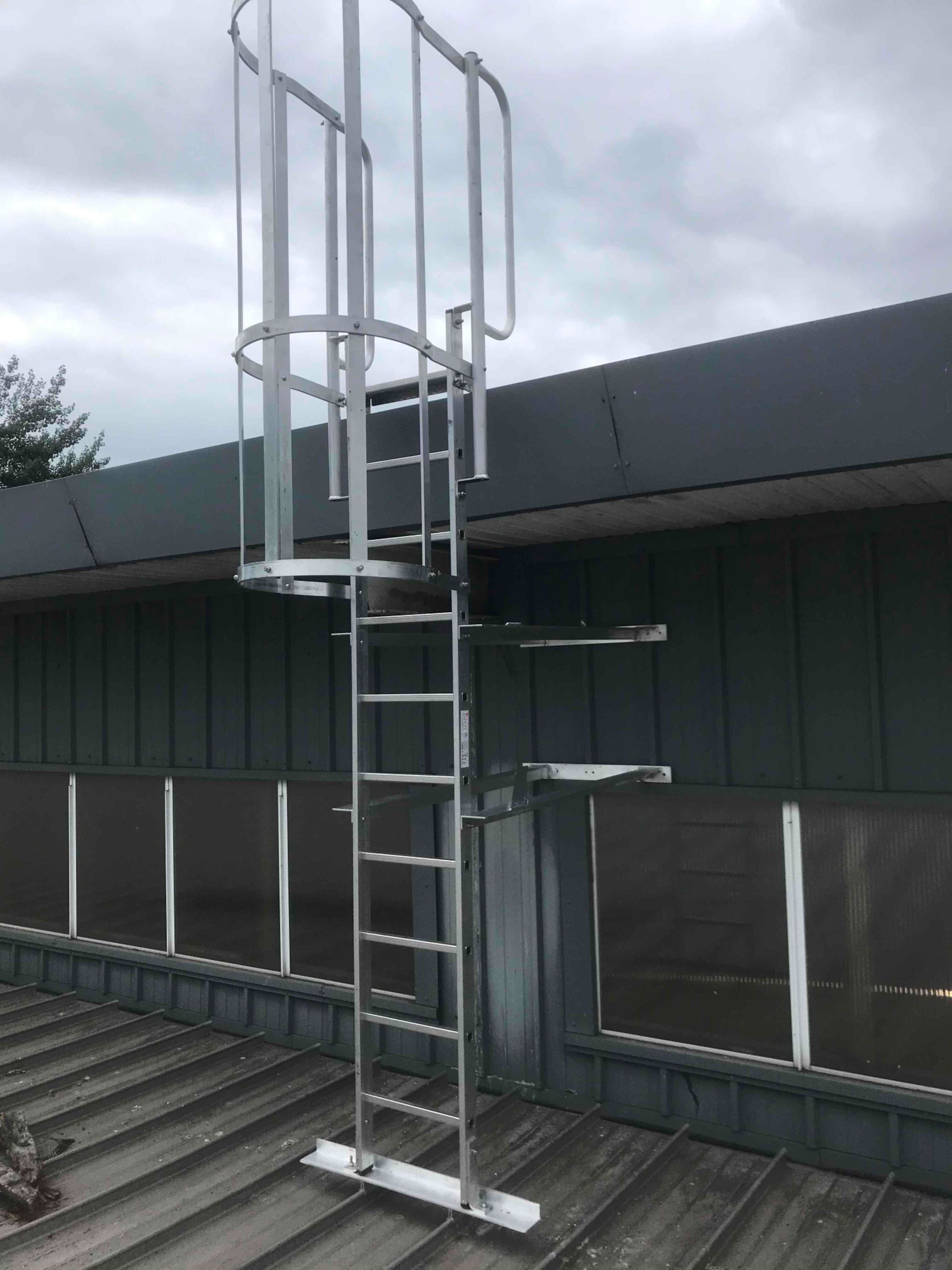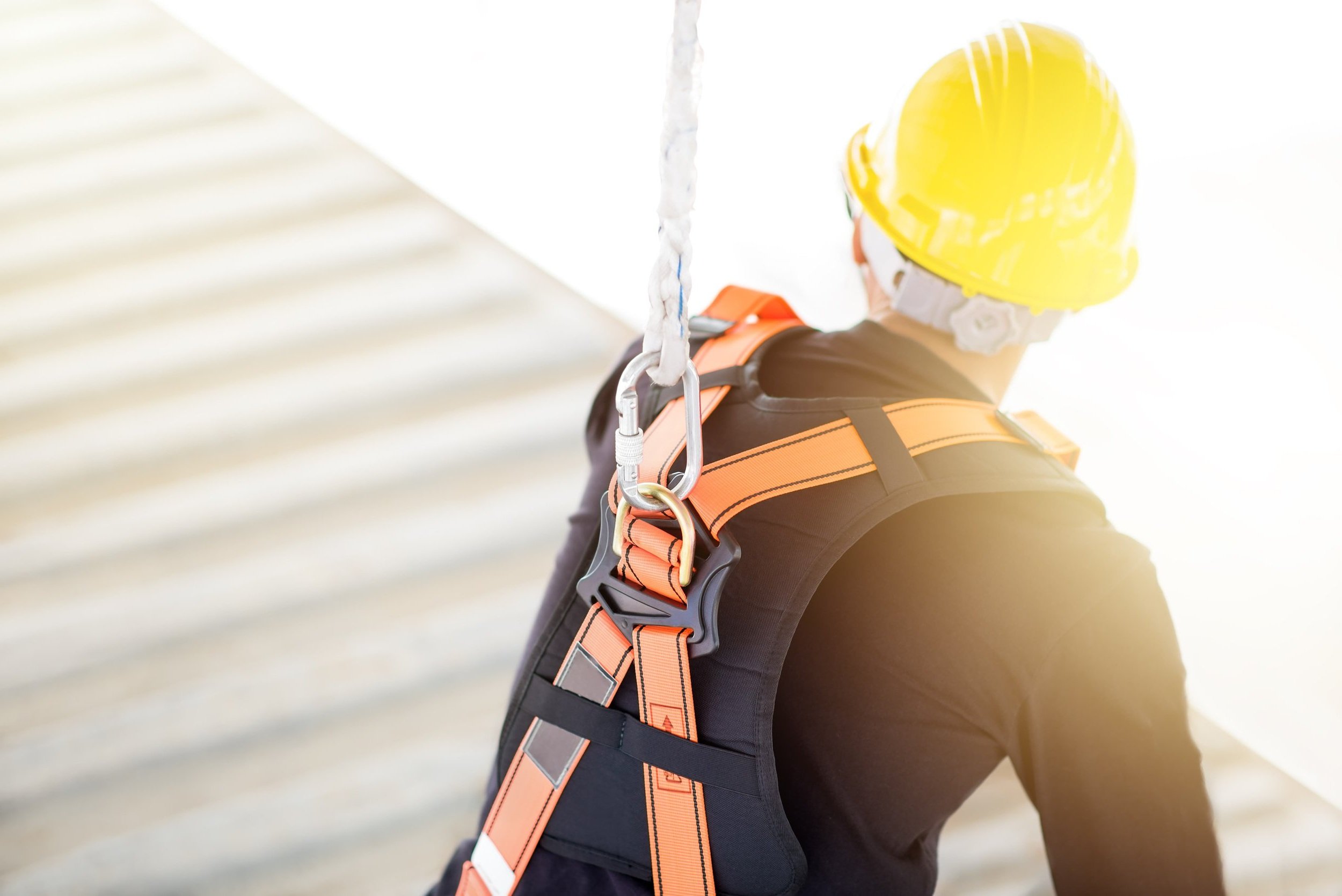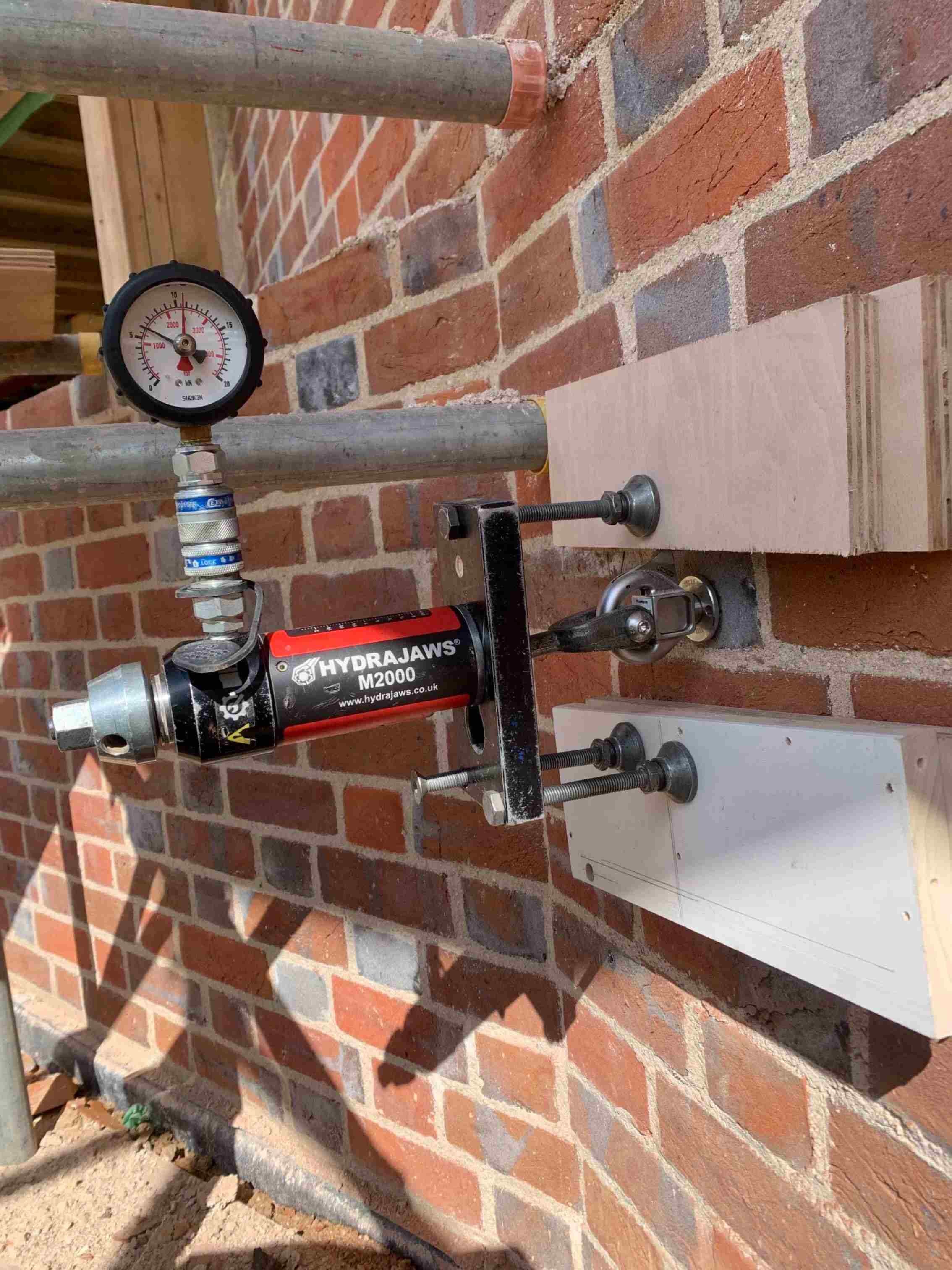
Mansafe Testing
What Is Mansafe Testing?
Due to the variable landscape of height safety, mansafe systems stand as a critical component in safeguarding workers when working at height. It is imperative to conduct thorough mansafe system testing to ensure the integrity and reliability of these fall protection systems.
There are strict regulations regarding fall arrest systems and their maintenance and inspection requirements in order for them to keep on providing valuable fall protection to prevent personal injury to workers, or worse. Safety in the workplace is paramount, and our team ensures that all our mansafe systems are tested and inspected following BS EN 795 & BS 7883 2019 guidelines.
Our highly skilled teams of operatives not only test and inspect all mansafe systems; we will also thoroughly check that the installed systems are suitable for your users' maintenance requirements, check correct personal protective equipment (PPE) is used and discuss if any additional training is needed for the users - and it is is, we can provide that through our innovative Altus 360 program.
Beginner’s Guide To BS 7883:2019

Why Is Mansafe Testing Important?
Our mansafe systems are designed to prevent falls and minimise the impact of a fall should it occur. They act as both fall protect and fall restraint systems, meaning they aim to work against fall hazards to prevent them in the first place, and if that fails, they're also an approved fall arrest system to protect the worker in the event of an accident.
Regular testing is essential to guarantee the system's functionality and compliance with safety regulations. The consequences of a failed mansafe system can be severe, leading to injuries or fatalities, legal ramifications, and damage to the reputation of both the employer and the height safety specialist.
What Are The UK Regulations For Mansafe Systems?
In the UK, height safety is governed by a comprehensive set of regulations, including the Work at Height Regulations (2005). These regulations require duty holders to ensure that all work at height is properly planned, organised, and conducted by competent personnel. All our mansafe systems are BS EN 795 & BS 7883 2019 compliant and we offer a range of fall protection equipment and systems to offer the best fall protection solutions.
Mansafe systems, being a crucial element in work-at-height safety, must adhere to these regulations. Regular testing ensures compliance with the standards set forth by the Health and Safety Executive (HSE) and other relevant authorities. They act as suitable and sufficient measures against falls, but are only as good as their latest inspection and maintenance service in protecting worker safety.
How Often Should I Test A Mansafe System?
Mansafe systems should undergo periodic certification by a competent height safety specialist annually however we would advise every 6-12 months or if there is a change to equipment or frequent use with heavier loads.
We provide certificates of compliance & provide documentation of the system's adherence to safety standards and advise our clients to maintain comprehensive records of all mansafe system tests, inspections, and certifications, and keep records accessible for regulatory inspections. You must be compliant in order to provide the best fall protection at your site and regular tests are the only way to maintain peak performance and ensure fall protection for all.
We document any repairs or replacements, and guarantee that our services are only ever offered by competent individuals with experience and expertise in compliance testing for a range of fall restraint devices and fall arrest equipment including mansafe systems.
Mansafe system testing is not just a regulatory requirement; it is a crucial step in safeguarding the lives of those working at height. By conducting comprehensive and regular testing, our team of height safety specialists contribute to the overall culture of safety at your workplace.
What Are The Different Types Of Mansafe Testing?
Load Testing
Simulates the conditions of a fall to assess the system's ability to arrest a fall safely. Ensures that the system can withstand the forces generated during a fall event to provide ultimate protection and peace of mind for your workers.
Visual Inspection
Conducted regularly, this entails a visual examination of all components of the mansafe system. Identifies visible defects such as corrosion, damage, or loose fittings. When we inspect fall arrest systems like these, we can also offer advice to users to ensure they know what to look out for before and after each use.
Functional Testing
Involves activating the system to verify its proper operation. Checks the engagement of components, including energy absorbers, connectors, and lifelines for stronger personal protection for workers.
Call us about Mansafe Inspection, Testing & Certification today on 0330 113 0870 or fill in the form below and we’ll get back to you within a few hours.
-
Mansafe systems are used for a broad array of reasons. Usually, though, they're reserved for a range of roof access and working at height tasks relating to:
construction
maintenance
repairs
inspections
-
At Altus Safety we offer a range of training services via our Altus 360 program, including how to properly use mansafe systems. If this system is new on your site, then your workers could benefit from proper training - contact us today.
It's important to remember that safety should be at the forefront of everyone's mind before, during and after each use. Regular visual inspections from workers ought to be carried out to ensure the mansafe system is fit for purpose. These do not replace the inspection, testing and maintenance services required every 6-12 months by law, however. It's simply good practice to prevent accidents and falls between those inspections.
-
If you or any worker on site reports a problem with a mansafe system - no matter how small - that system should be taken out of action immediately, a do not use sign applied, and our team ought to be contacted as soon as possible.
Small problems can turn into huge ones when it comes to working at height safety. Have a member of our experienced team carry out tests and repairs to get your system back up and running.
Our Services
-

Height Safety Survey & Risk Assessment
-

Fall Arrest Design, Supply & Installation
-

Work at Height Inspection, Testing & Maintenance
-

Height Safety Training, Courses & Seminar






